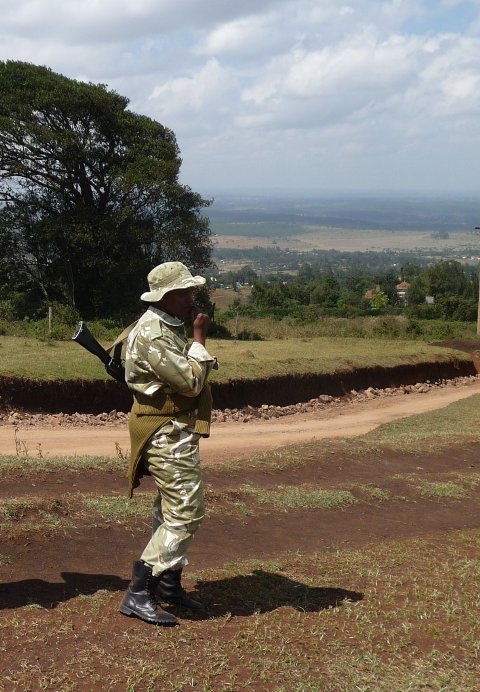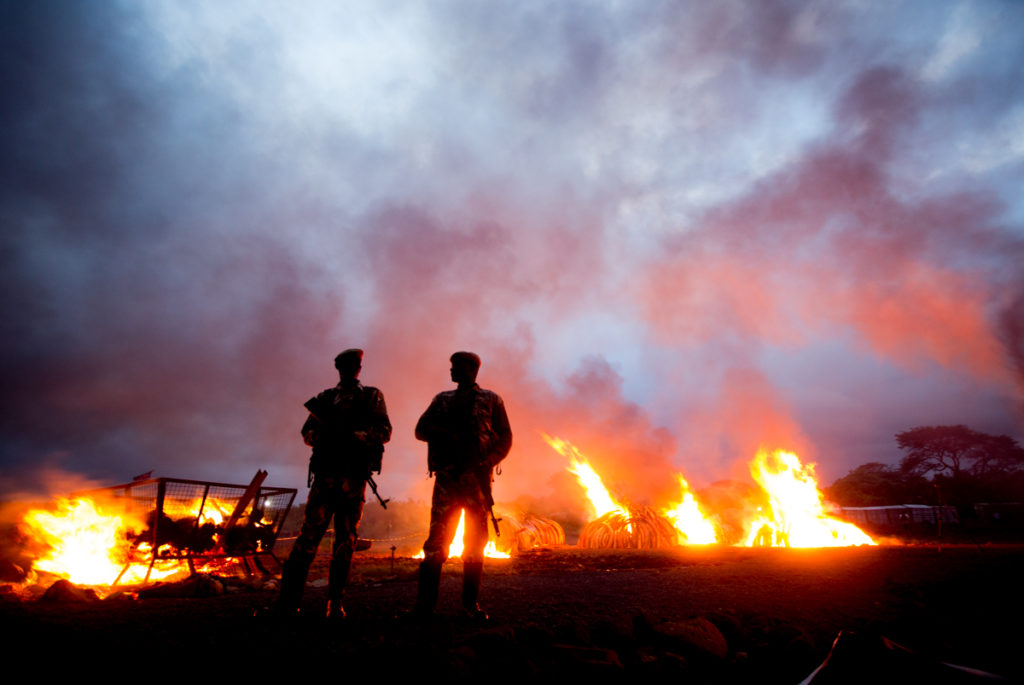“In the world of science, Richard Leakey is as close to royalty by birth as one gets.” So wrote Richard Schiffman in 2016. And with good cause. Leakey’s parents—Louis and Mary Leakey—are the world’s most famous paleo-anthropologists, having discovered the earliest human fossils at Olduvai Gorge in Tanzania, proving that humans evolved not in Asia, but in Africa. Their son Richard took his heritage seriously, but moved far beyond the realm of fossils.
Richard Leakey was born on December 19, 1944, in Nairobi, Kenya (died 2022). He grew up on his parents’ field sites, finding his first fossil when he was just six years old. Fossil-hunting didn’t attract this Leakey, however—animal hunting was more his speed. He quit school when he was 16, instead learning to fly, collecting skeletons (of non-extinct species) to sell to museums, and leading wildlife photographic expeditions.

While flying on one such safari, he spotted an exposed set of cliffs that seemed like a promising fossil site. Not ignoring his heritage, he followed up on the site. Up every day at 4:30 AM, he and his “Hominid Gang” of diggers excavated an amazing trove of humanoid fossils in what would become one of the world’s richest finds. Just 25, Leakey was now a famous paleontologist in his own right, even though it was not his primary desire. The Kenyan president made him Director of the Kenya National Museum, a position he held from 1968 to 1989. During those three decades, he built the museum into international prominence while also promoting wildlife conservation and habitat protection for the nation.
His true calling took hold again in 1989, when he left the museum to become director of Kenya’s wildlife and parks agency (now called the Kenya Wildlife Service, or KWS). The agency was corrupt from top to bottom, and both elephants and rhinoceros were being poached at alarming rates. Leakey, with his direct and forceful approach to all problems (“I’m not much into reflection, I like to get things done”), armed his wildlife officers and told them to shoot poachers to kill.

But he knew that not just Kenya, but the world needed to change. “We also had to somehow impact the market. My idea was to destroy confiscated ivory by bonfire. That generated massive publicity around the fact that elephants were being killed for their teeth, which led to CITES putting an international ban on ivory sales.”
He lasted five years as Director of KWS, but by then his enemies—those who profited from the corruption he was battling—regained control. He crashed his plane in 1993, resulting in the amputation of both legs below the knees. The cause of the crash has never been proven, but Leakey and others believe the plane had been sabotaged. At a political rally in 1995, he was whipped by his opponents.
Leakey entered politics directly in 1995, forming a new party called Safina (which means “Noah’s Ark” in Swahili). He won a seat in parliament, and eventually became the Secretary of the Cabinet, the most important political appointment in Kenya. He retired from government service in 2001. Although some have accused him of both arrogance and greed in seeking high office, it seems more likely that Leakey was just following his birth-right mission. He said that “public service is different from government service. I was raised to believe that in public service you remain absolutely neutral politically.”
In recent years, elephant poaching skyrocketed, so the country turned again to its wildlife conservation hero. Leakey rejoined the KWS in 2015 as chair of the agency’s board. He held another ivory bonfire, this time burning $100 million of ivory. Leakey believed that any market for ivory—even the legal selling of confiscated tusks—leads inevitably to illegal markets because consumers don’t know the reality: “My feeling is that many people who are buying this ivory in China and elsewhere simply don’t know what it is doing to elephants.” Quickly, Kenya’s rate of poaching again declined under Leakey’s leadership.

But Leakey was more than a protector of wildlife. He understood that the lives of Africans are interwoven with the lives of wildlife, the essence of sustainability. “Without tackling poverty there is no security for anybody in our society, no institutional security, no national security—and definitely no security for our wild lands and wildlife.”
And he understood what wildlife means to the human soul:
“When I studied fossils, I was dealing with species that became extinct because of climate change, because of over-predation. Today, when I stand on the magnificent Kenyan landscape in the midst of so many of their successors, the survivors—now different species—it’s a very powerful experience. I feel I’m at home with them. I understand myself better. I sense my place within the larger continuum of life.”
References:
Academy of Achievement. Richard E. Leakey,Paleoanthropologist and Conservationist. Available at: http://www.achievement.org/achiever/richard-leakey/. Accessed December 9, 2018.
Astill, James. 2001. African warrior. The Guardian, 9 October 2001. Available at: https://www.theguardian.com/g2/story/0,3604,565776,00.html. Accessed December 9, 2018.
Encyclopedia Britannica. Richard Leakey. Available at: https://www.britannica.com/biography/Richard-Leakey. Accessed December 9, 2018.
Schiffman, Richard. 2016. Why Kenya Is Burning 100 Tons of Elephant Ivory. Scientific American, April 27,2016. Available at: https://www.scientificamerican.com/article/why-kenya-is-burning-100-tons-of-elephant-ivory/. Accessed December 9, 2018.
